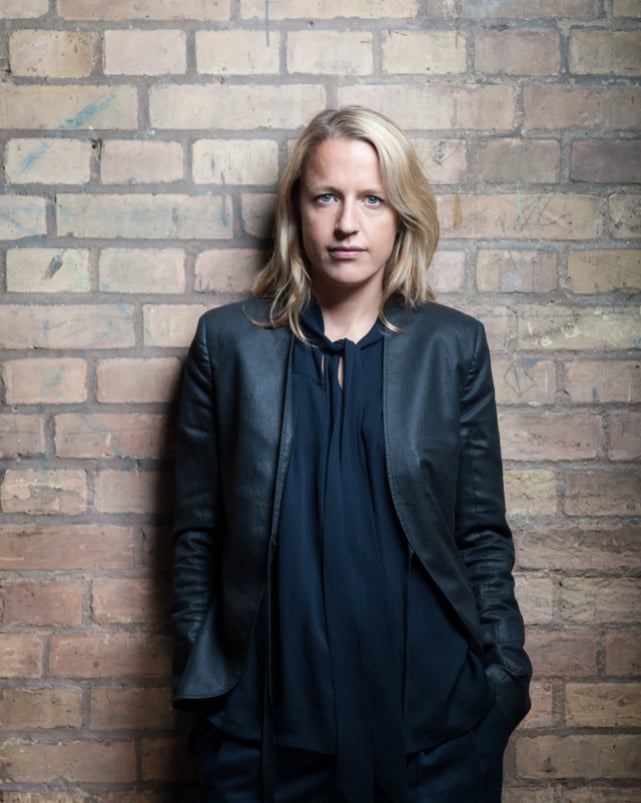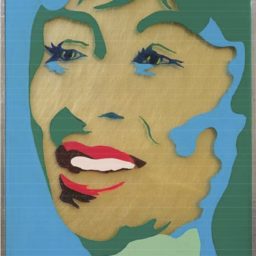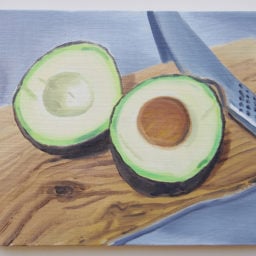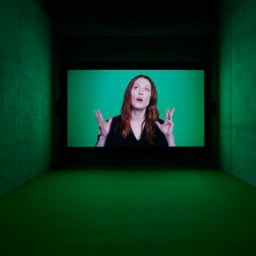One of the most talked-about topics in the art market is the wave of closures of smaller and mid-sized galleries. Panel discussions, reports, articles, and interviews focusing on the detrimental effects of the art market on smaller galleries have highlighted the survival strategies available to mid-tier dealers, with international gallery-share initiatives such as Condo and Okey Dokey touted as “art-fair alternatives.”
Long before gallerists even knew they needed such alternatives, a group of Berlin dealers banded together to launch a weekend of exhibition openings. Their goal when launching Berlin Gallery Weekend (BGW) in 2005 was to lure international collectors—to whom they’ve been selling at fairs—to the city and into their galleries. Fast forward 14 editions, and the model has been replicated in cities around the world with varying degrees of success. There are so many Gallery Weekends that in November 2017, an umbrella organization was created to link them. The original returns to Berlin, launching on Friday, April 27, through to Sunday.
But not all Gallery Weekends are as successful as Berlin’s. “Since the very beginning it became the most important date for Berlin galleries, commercially speaking,” says its director Maike Cruse. “I think any model that brings people back into the galleries is important, but it has to work financially,” stresses Cruse, who took the helm of Gallery Weekend in 2013. The former communications manager of Art Basel, she is also the director of the fair Art Berlin.
What Makes Berlin Special
Cruse says that the unique character of Berlin, the fact that many artists work and live here, and the outstanding gallery scene are what make this format particularly suitable for the German capital. “And the collectors love that they can bike from gallery to gallery,” Cruse adds, trying to define Berlin’s magnetism: the feeling of freedom that enwraps it. The financial viability of the event also explains why, as the art-fair calendar grew progressively crowded over the years, galleries such as Esther Schipper, Sprüth Magers, Peres Projects, Klemm’s, and Blain|Southern to name only a few, take part in Gallery Weekend’s official program with statement shows, despite returning from Art Cologne only a few days earlier, and heading to Frieze New York as soon as the weekend is over.
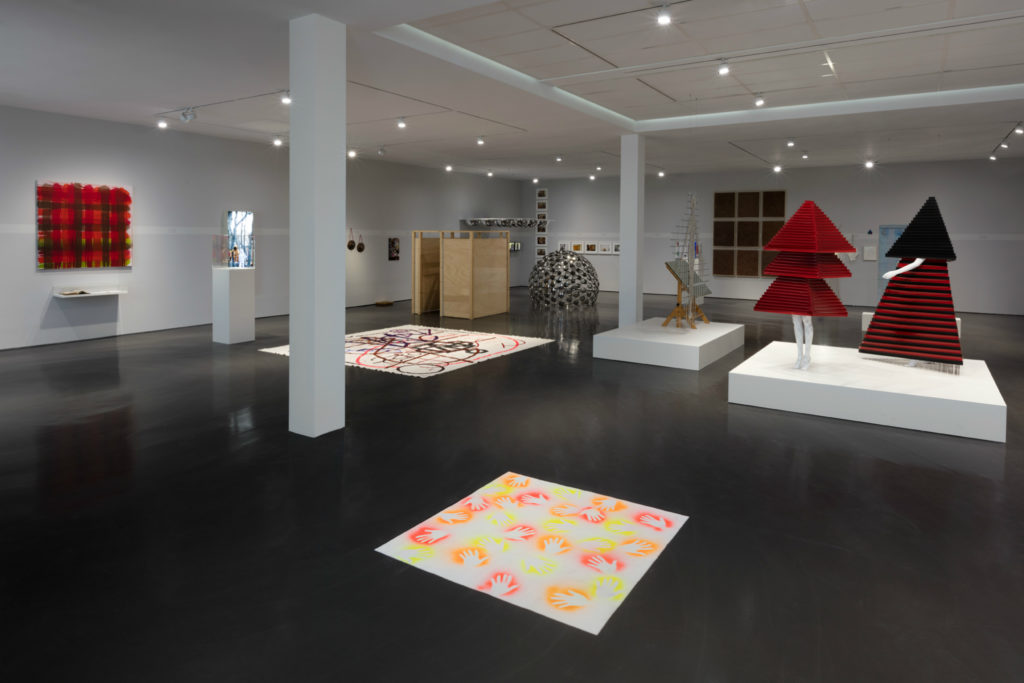
“Catch me if you can! AA Bronson + General Idea: 1968–1918,” organized with Frédéric Bonnet at Esther Schipper, Berlin. Courtesy of the artist and gallery. Photograph copyright Andrea Rossetti.
Flying Visitors
This year, further proof of the city’s strong draw comes in the form of a New York Times summit, the Art Leaders Network, which is holding its first iteration in Berlin. Meanwhile, the second edition of artmonte-carlo, a boutique fair organized by the same company that runs artgenève, and which happens to coincide with BGW this year, has come up with a solution to avoid any uncomfortable rivalry: a private jet will shuttle collectors and press between the two. The Monte Carlo fair’s director Thomas Hug tells artnet News that the end-of-April dates are important because, between the Rolex Masters tennis tournament and the Grand Prix Formula 1, residents of the Côte d’Azur are “present.” That said, the fair will open a little earlier in the week next year. “It will be ideal then,” Hug says. He has big plans for how to connect the two very different events in a mutually beneficial manner—after all, they each attract different types of solid, regional collectors rather than compete for the same international ones. “My vision is that international art professionals and collectors should be interested in benefiting from both complementary European platforms. For instance, we should conceive of a VIP route that will take collectors from one place to another. Berlin-Monaco may seem unexpected but sounds terribly sexy to me.” He’s got a point.
Power Players
Private jets aside, Berlin’s aura depends on its local players. The quality of the exhibitions on view this weekend is impressive, and many galleries use the occasion to announce new artists to their roster or launch new spaces. Sprüth Magers for example is holding its first shows with US artists Kara Walker and Senga Nengudi this weekend, together with an exhibition by Andro Wekua. At CFA, Huma Bhabha is showing with the gallery for the first time, alongside an exhibition by Raymond Pettibon. And in the popular gallery complex on Potsdamer Straße, home to heavy-weights such as Esther Schipper and Blain/Southern as well as smaller galleries such as Thomas Fischer, a new space is opening this weekend called PS120, with an idealist mission to help emerging artists produce new commissions, and exhibit them in the context of art-historically relevant work. “We want to help contextualize younger artists through new criticism and scholarship,” says Justin Polera, the project’s initiator who formerly worked at Esther Schipper.
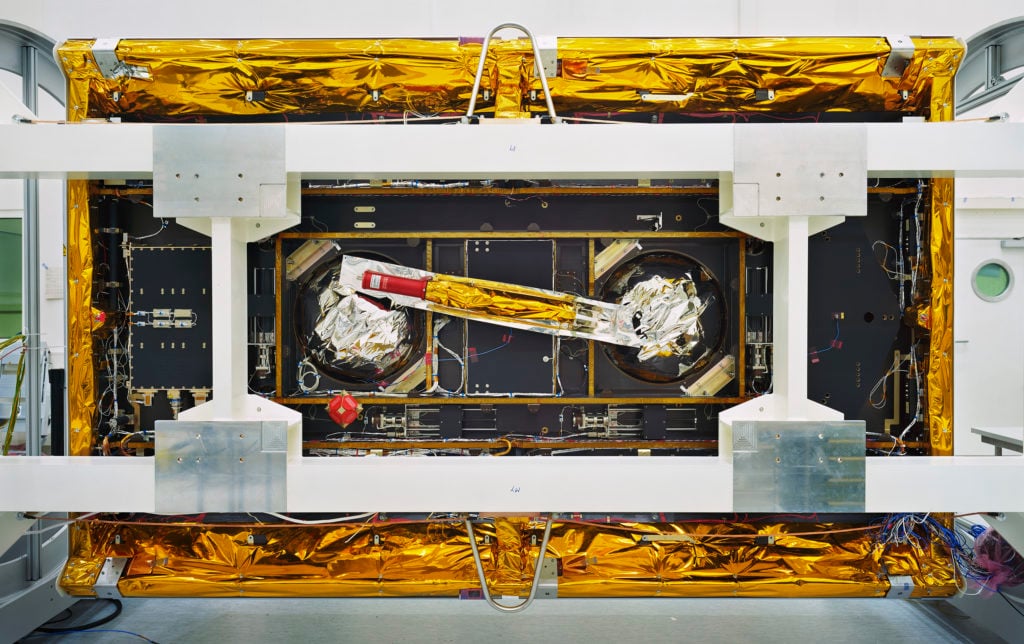
Thomas Struth
GRACE-Follow-On Bottom View, IABG, Ottobrunn, (2017). Copyright Thomas Struth. Courtesy the artist and Galerie Max Hetzler, Berlin | Paris.
Young Bloods
The list of BGW’s official program this year also includes four young galleries taking part for the first time: Alexander Levy, Lars Friedrich, Dittrich & Schlechtriem, and the youngest of the squad, Gillmeier Rech. “Financially, it’s tough of course, because the fee is the same for every gallery, so it’s definitely a wider financial stretch for a gallery our size than for an established gallery,” partners Claudia Rech and Verena Gillmeier told artnet News. They were speaking from Art Cologne, where they have also had a booth. They’ve decided to test Gallery Weekend this year nonetheless. “We like the format very much. The fact that you invite everyone into your own space works well with Berlin’s infrastructure and image. Within that format, the galleries are also able to work a bit more in depth together with their artists.”
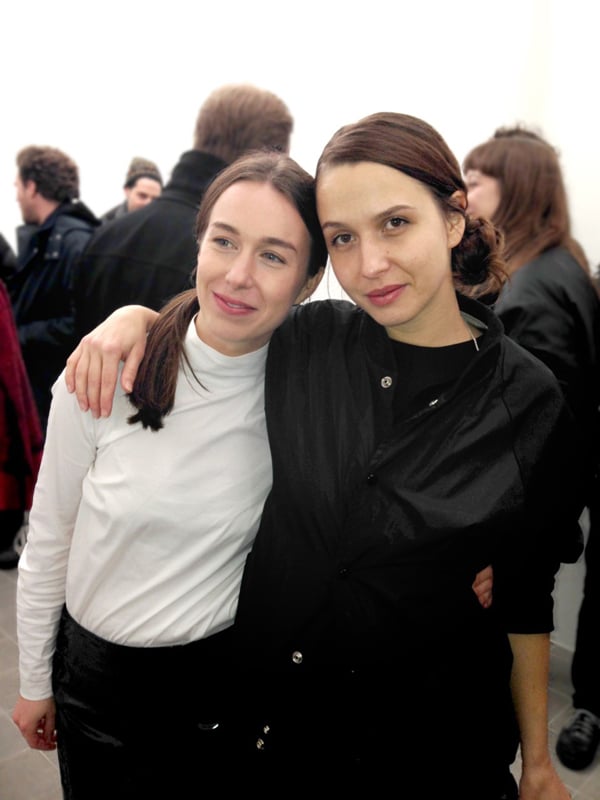
Verena Gillmeier and Claudia Rech of Galerie Gillmeier Rech, a new participant in this year’s Berlin Gallery Weekend.
Too Clubby?
But not everyone is as positive about Gallery Weekend. Christian Siekmeier, the founder of Exile gallery, took to Instagram to vent his frustration, criticizing BGW’s obscure selection process—galleries can only participate upon invitation from the organizing galleries—dubbing it a “market protectorate” of a “few Art Basel power players.”
“Instead of paying 7,500 euro to participate in BGW, we chose to invest our time, energy, and resources into the production of a new street magazine focusing on inequalities and marginalization within Berlin and the art world,” he posted underneath an image of the magazine’s cover, which reads, in German, “No one has control over their life.”
https://www.instagram.com/p/Bh1bJKCBHyW/?taken-by=exilegram
He also criticized the €250,000 ($300,000) spent on a dinner (BGW said this figure is inaccurate but declined to name the actual price), and what he sees as the way that an “insiderist club” [sic] capitalizes on the image of Berlin and its multifaceted art world to their own private gains. And he’s not alone. Some dealers participated once and declined to come back. It’s undeniable, though, that everyone benefits from the influx of collectors and art professionals into the city, who visit galleries regardless of whether they’re listed in the official program or not. And with all this foot traffic, errant or deliberate, thanks to this format and its success, Berlin galleries can put on their best shows, in their own spaces, and have an audience.
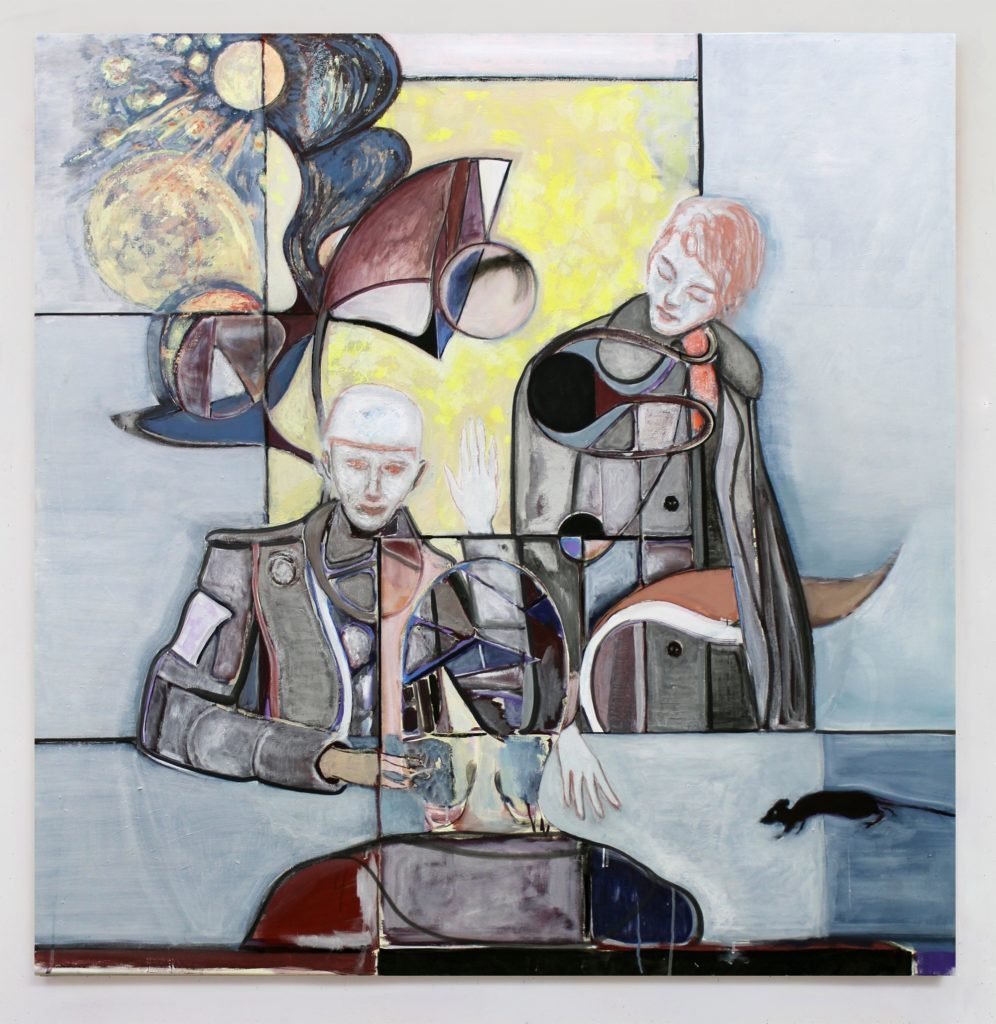
Jim Thorell The interview (2018). Courtesy the artist and Gillmeier Rech, Berlin.
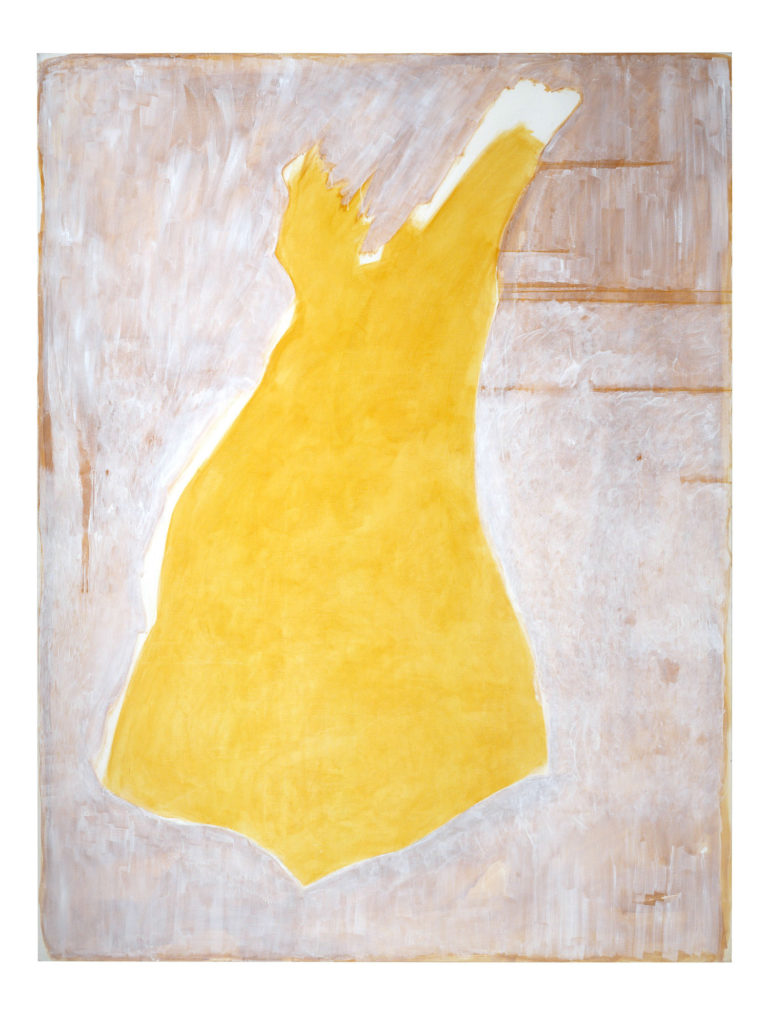
Cecilia Edefalk
White Within, (1997-2008). Courtesy the artist and carlier | gebauer, Berlin
